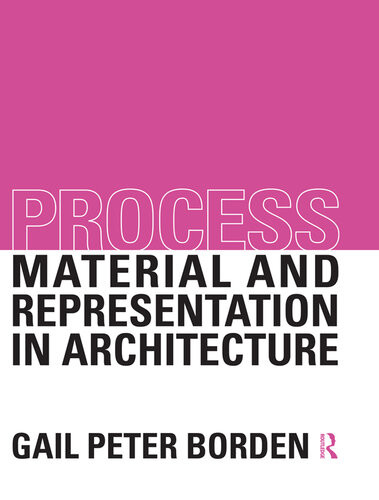

Most ebook files are in PDF format, so you can easily read them using various software such as Foxit Reader or directly on the Google Chrome browser.
Some ebook files are released by publishers in other formats such as .awz, .mobi, .epub, .fb2, etc. You may need to install specific software to read these formats on mobile/PC, such as Calibre.
Please read the tutorial at this link: https://ebookbell.com/faq
We offer FREE conversion to the popular formats you request; however, this may take some time. Therefore, right after payment, please email us, and we will try to provide the service as quickly as possible.
For some exceptional file formats or broken links (if any), please refrain from opening any disputes. Instead, email us first, and we will try to assist within a maximum of 6 hours.
EbookBell Team

5.0
18 reviewsThis book examines the interrelationship of representational methods and material systems as fundamental drivers of the design process. Identifying four primary categories of representational logics - point, line, surface, mass - each category is illustrated through four precedent projects that deploy iterative material sensibilities. As a collection, this text provides a comprehensive categorization of the architectural design process.
Through the comprehensive definition of categorical typologies, it illustrates the collective capability of this conceptual methodology. By unpacking projects through their specific design devices, the collective analysis reveals the impact of material techniques and methods of representation as a generative tool. Broad in scope, it identifies and uniformly analyses some of the most significant projects from the last century, including:
Richly illustrated with consistent, clear and precise line drawings, the book presents a series of iconic precedents through a unique analytical and graphic sensibility.